Pedicure: what is it, advantages and disadvantages, rules for performing the procedure
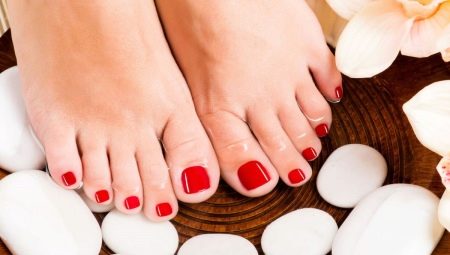
Caring for toenails is a must for every girl, because the absence of a pedicure not only does not look aesthetically pleasing, but in some cases provokes inflammation and suppuration. Today it is very easy to take care of your nails; you do not need to have special tools and devices for this. In addition, there is always the opportunity to contact a professional nail artist who will make your nails perfect and advise the most popular directions in the nail industry.
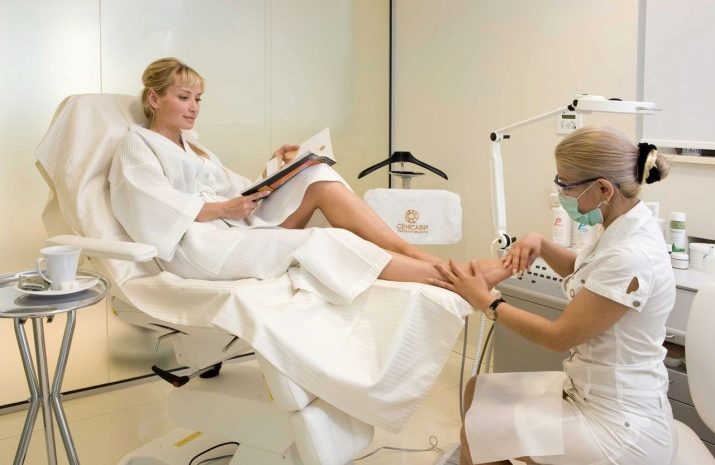
Varieties
There are two main types of pedicure: classic and hardware. Let's dwell on each technique in more detail.
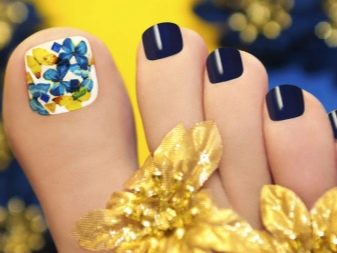
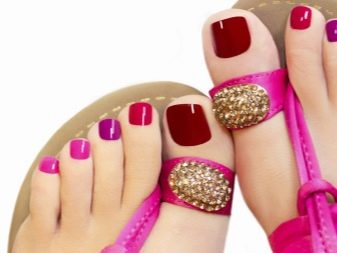
Classical
The classic pedicure procedure involves the obligatory steaming of the feet in warm water. Thanks to this, the skin on the heels softens, the cuticle also becomes more pliable. A few years ago, the coarse leather on the heels was "shaved" with special machines or simply cut off. However, today this technique is left for home use; any self-respecting master will not carry out such a procedure, since it is quite traumatic.
In a classic pedicure, after steaming the feet, the heels are rubbed with a pumice stone or a special nail file. Of course, all the extra skin, especially if there is a lot of it, will not be removed, but the heels will still look much better. Then the master proceeds to trimming the cuticle, filing the nail plate. The last stage is the application of varnish.

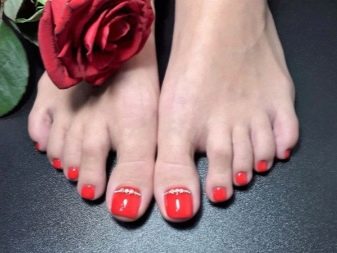
It should be noted that the classic pedicure can be further divided into several subspecies.
- European. This is a gentle version of the procedure, in which the cuticle is not removed with scissors. First, a tool is applied to it, which will soften the cuticle well, and then it is moved to the edge of the nail with a wooden spatula.This technique allows you to get rid of the cuticle in a softer way, later it will not be so noticeable and tough.
- Combined. This method uses the elements of hardware pedicure, where, before the main procedure, the feet are dry-sanded without steaming. Typically, a combination pedicure is chosen for clients with very rough, cracked heels.
- SPA pedicure. Absolutely everyone likes this kind, because during this pedicure you can have a great rest and relaxation. After the classic resurfacing of the heels and trimming of the cuticle, the master performs a massage using cooling creams or oils. This procedure soothes the skin of the legs, gives the feet lightness, removes swelling.
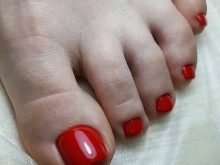
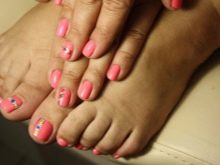

Hardware
Hardware aesthetic pedicure is an innovation from the Germans. They were the first to find a replacement for the classic version with steaming. This technology does not provide for immersing the feet in hot baths, the master almost immediately starts processing the foot.
First, you will be asked to sit in a chair equipped to all standards for such a procedure, then a softening compound will be applied to the feet. After the legs are ready, the master will begin the processing process. For this kind of pedicure, no brushes, graters or pumice stones are used, everything is done with a special machine. It has several attachments that will help remove rough skin from the most difficult to reach places.
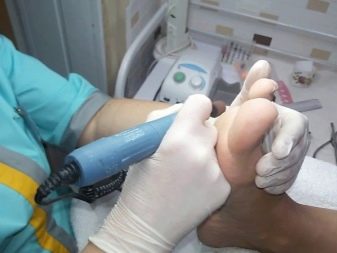

In addition, unlike the classic variation, the hardware pedicure perfectly copes with problems such as deep cracks in the heels, ingrown nails, and thickened nail plates.
One of the best types of hardware pedicure is Gehwol. The procedure effectively copes with even the most neglected legs. Working with the feet, the master uses disposable caps, which completely eliminates the risk of infection. In addition to this, Gehwol cosmetics, which are applied to the feet before the procedure itself, have herbal extracts and many useful vitamins and substances that will help not only externally transform the skin of the feet, but also cure them from fungal and viral diseases. All this is included in this service.
The only drawback of such a pedicure is its high cost.

Advantages and disadvantages
Whichever type of pedicure you choose, each of them has its pros and cons, there are no completely ideal techniques. First, let's dwell on the advantages and disadvantages of a classic trim pedicure.
Pros:
- budgetary, accessible to everyone;
- it is done entirely by hand, which, with a good master, will give an amazing effect;
- pleasant sensations from taking a foot bath;
- takes a little time;
- does not need frequent correction;
- does not involve the use of chemicals;
- can be done by yourself.
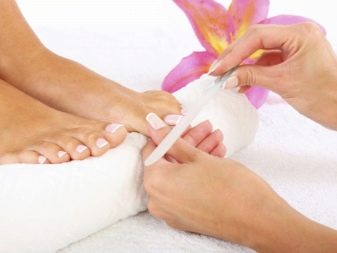

Minuses:
- neglected heels will not immediately acquire an aesthetic appearance - they will have to be looked after after the procedure;
- an inexperienced craftsman is quite capable of inflicting a cut that can become inflamed;
- it is possible to pick up the fungus, which, even after disinfection, is in the bath for softening the feet.
Now let's move on to the hardware pedicure, which also has its own nuances that must be taken into account.
Pros:
- no need to waste time steaming legs;
- during the procedure, scissors and other instruments that can cause wounds are not used;
- it is impossible to get infected with a fungus, since water is not supposed to be used;
- a good master will remove all skin imperfections that cannot be removed with a classic pedicure.

Minuses:
- high price;
- sometimes the softener can cause allergies;
- people with sensitive skin may feel uncomfortable with the sanding process, usually it is accompanied by strong tickling, as a result - unrestrained laughter, attracting the attention of other clients;
- not suitable for women with thin nails, the procedure may cause pain and sensations of being hot on the nails;
- you definitely need to look for a professional master.
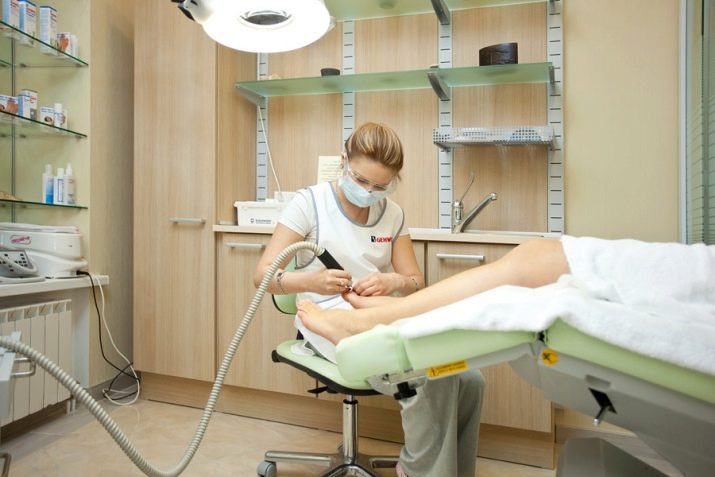
How to do it yourself?
Only a classic pedicure can be done at home. The procedure itself includes the following elements:
- a bath or basin of warm water;
- pumice stone, scraper or grater;
- nippers;
- nail files (small and large);
- nail scissors;
- nail polish remover;
- cuticle nippers;
- separators for fingers;
- emollient cream.


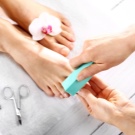
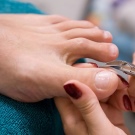
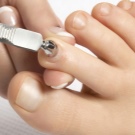
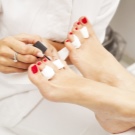
It should be noted right away that all tools must be disinfected without fail, even if it is your personal set.
Stages of the procedure.
- If there is varnish on your nails, the first step is to remove it.
- Then the marigolds are filed to the desired size.
- The next step is steaming the legs. For a soothing and faster effect, you can add chamomile, oak bark, liquid soap to the water. You need to keep your feet in the water for about fifteen minutes.
- After that, pay attention to your heels, rubbing them well with a pumice stone. Some people use the loom, but keep in mind that rough skin will now appear much faster.
- Use tweezers or nail scissors to gently remove the cuticles.
- File your heels with a coarse file.
- Apply moisturizer.
- Upon completion of all procedures, you can determine the varnish and apply it.
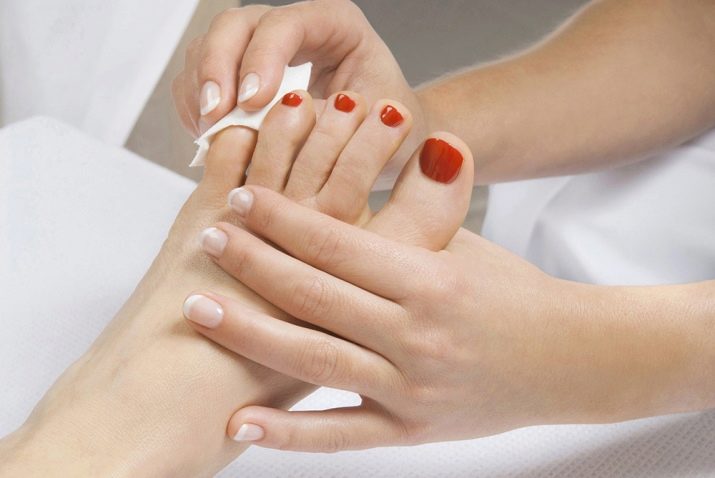
For information on how to do a classic pedicure, see the next video.








